Snowtown’s ‘bodies in barrels’ murders was one of the most gruesome chapters in Australian criminal history. But for one rookie cop who was first on the scene it is a nightmare - and smell - that continues to haunt her.
Officer Jane Dickinson went from pushing paperwork at her desk to pushing Vicks VapoRub into her nostrils in a bid to mask the smell of rotting flesh.
Dickinson was standing inside a dark, disused bank vault in Snowtown, South Australia.
It was a colleague who had suggested she push Vicks up her nose — it didn’t help.
“Behind the door it had the black plastic barrels which had the lids on them, once we took the lids off we could see inside,” Dickinson said.
“The bodies had been dismembered, they had been dismembered to fit them into the barrels.
You know immediately the smell, because having attended so many decaying bodies over the years, but this particular one because of the number, it was just overwhelming. It was like nothing I’ve ever seen before.”
LISTEN: Former South Australia & NSW detective, now AFP Commander, Jane Dickinson attended the infamous “Bodies in Barrels” murder case in Snowtown as a rookie cop. She tells The Night Watch what it was like being first on the scene.
Much earlier, Dickinson had been sitting at her desk, slightly bored, on a quiet morning when her senior colleagues came looking for an extra hand to inspect a suspicious vehicle in Snowtown, 140km north of Adelaide.
Little did the young detective know that she would soon be one of the first on scene for the discovery of Australia’s most gruesome and infamous serial killings: the bodies in barrels.
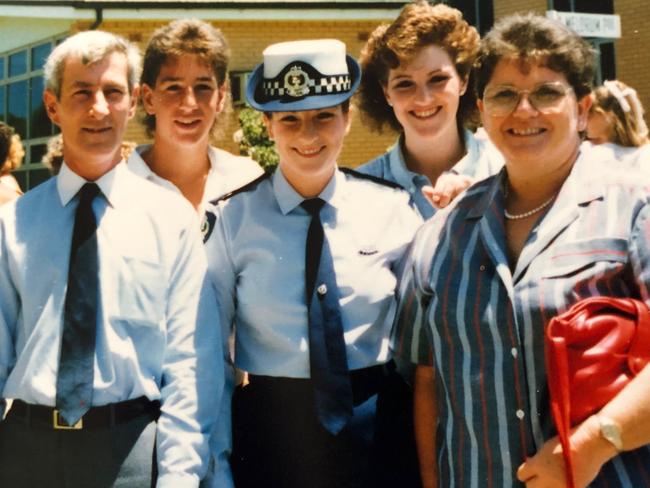

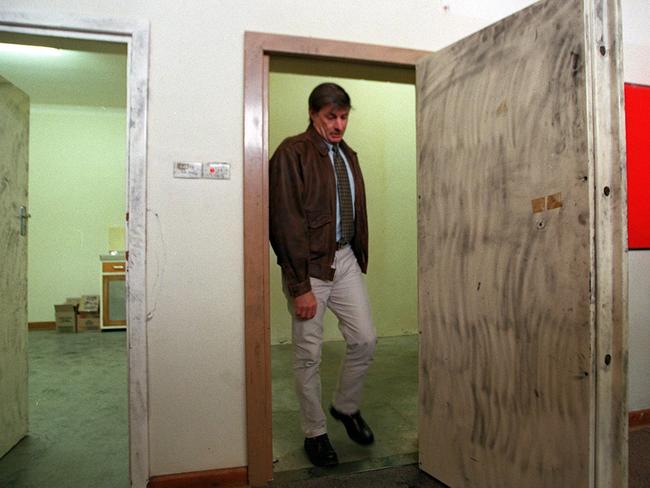
Now a superintendent with the AFP, Dickinson counts her time cutting her teeth with South Australia’s police force as instrumental in forging her international career, which has seen her deployed to missions in the Middle East.
The breakthrough in Snowtown began when detectives received a tip about a suspicious Toyota Land Cruiser, which a witness claimed had previously been loaded with plastic garbage bags.
Five people had disappeared in the last four years and no bodies had been recovered.
But Dickinson’s sergeant had other ideas when she asked if she could go with the other detectives at the last minute to check out the vehicle.

“They were asking around and I said I’d love to go - any opportunity to get out of the office,” she said.
“My sergeant had told me that I couldn’t go because I was too busy with my inquiries (but) as they were leaving the superintendent … turned around and said ‘Jane are you available to assist?’ and I said yes I am available - so that’s how I got to go to Snowtown.”
Dickinson didn’t have time to grab her jacket before she was driving almost two hours northwest from Adelaide to Snowtown.
They soon found the Land Cruiser in the driveway of a house before knocking its door and speaking to a man, who nervously said the vehicle belonged to his friends – two people police immediately recognised as suspects in the disappearances.
Police were told that big plastic barrels – reeking of a foul odour - had been stored in the car before being taken to a disused bank in town.
It was this information which led officers inside the bank’s dark vault to the discovery of six big plastic barrels with body parts inside.
“It was one of those moments where you kind of thought I don’t know how big this is going to be, but I think it’s something really significant, I think I’m looking at something that’s going to turn out to be really significant – and of course it was,” she adds.
In the days that followed, Dickinson remembered the poignancy of how the forensic team drew a sketch of the body parts as they tried to figure out how many victims were in the barrels. There were eight victims in six barrels while another four bodies were found at other places including a suburban backyard in Adelaide as police swooped and made arrests.

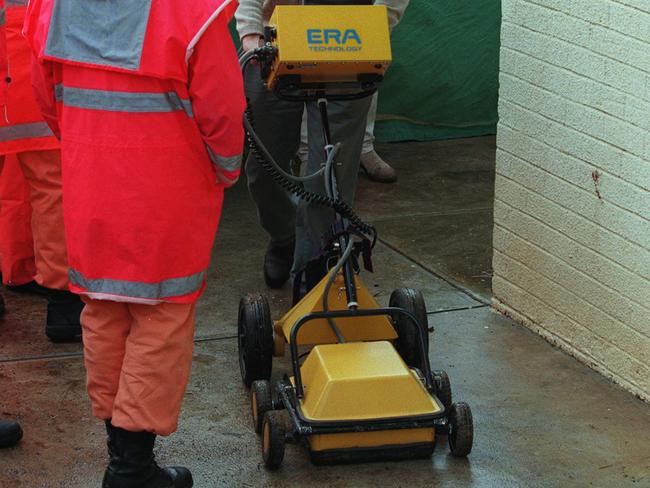
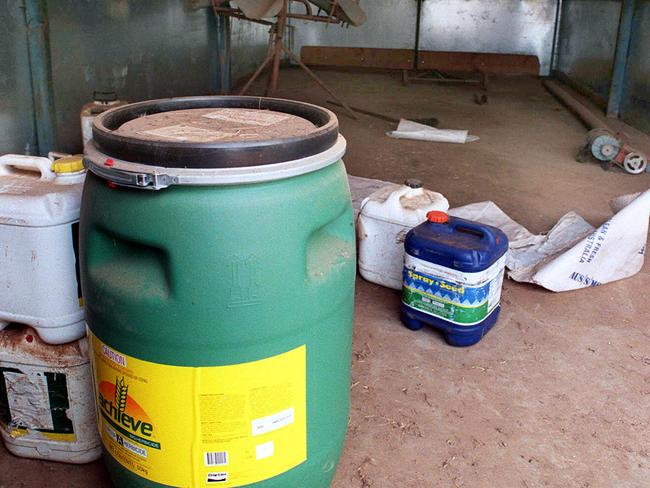
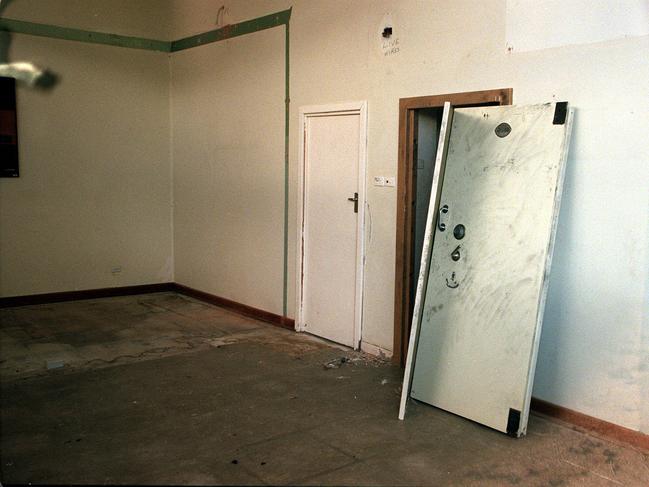
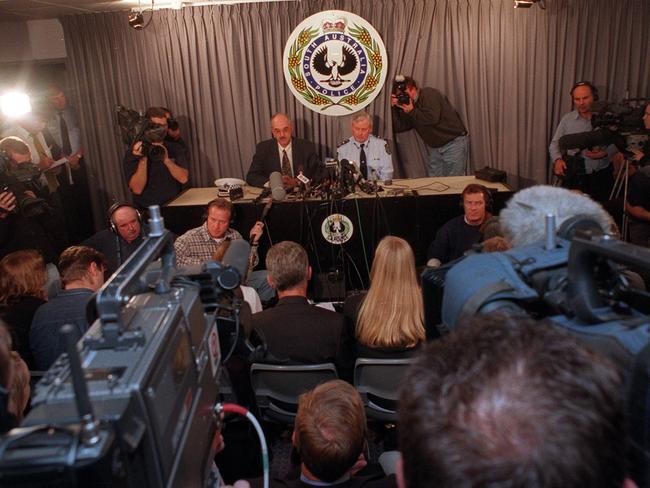

For weeks Dickinson couldn’t shake the smell of that bank vault. No amount of Vicks or car air freshener could hide that foul odour.
“I remember a few weeks later basically walking into my sister-in-law’s house and she had the same air freshener and I just thought ‘oh my God’.”
During an 11-month trial a court was told that principal offenders John Bunting and Robert Wagner killed for enjoyment and tortured their victims.
Prosecutors alleged Bunting oversaw a group of sex abuse victims who hated homosexuals and paedophiles.

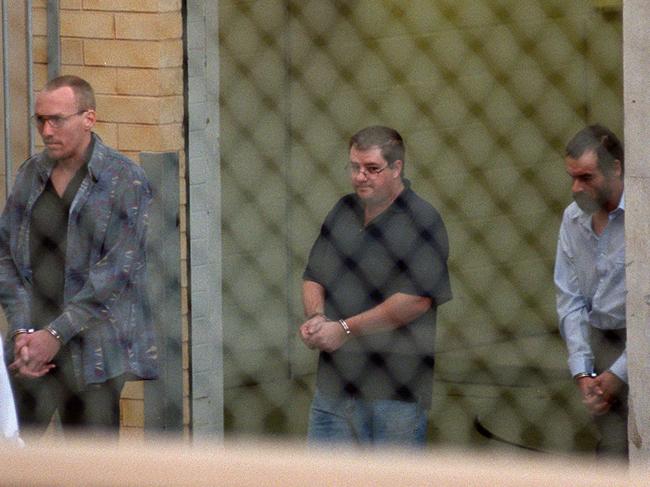
While in Snowtown, Dickinson watched over offender Jamie Vlassakis, who the film on the killings would feature as a main character.
“I remember sitting on the couch with Jamie watching tv, just passing the time,” she said.
“I always have sympathy for victims and offenders because offenders often are offenders because they’ve been victims.
“I do remember thinking basically what a mess, what’s happened to you - your life - to end up in this situation? So I guess I did have some sympathy towards him.
“I think in this case they were all just victims of horrendous circumstances where the offenders had been victims themselves - and that’s a cycle.”


Add your comment to this story
To join the conversation, please log in. Don't have an account? Register
Join the conversation, you are commenting as Logout